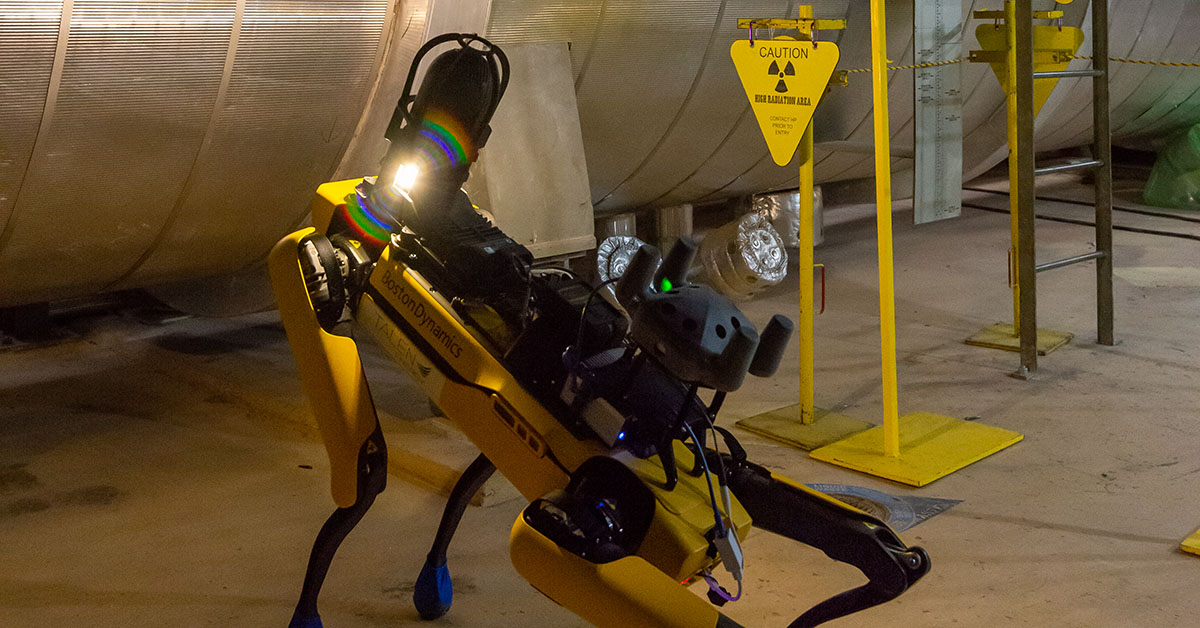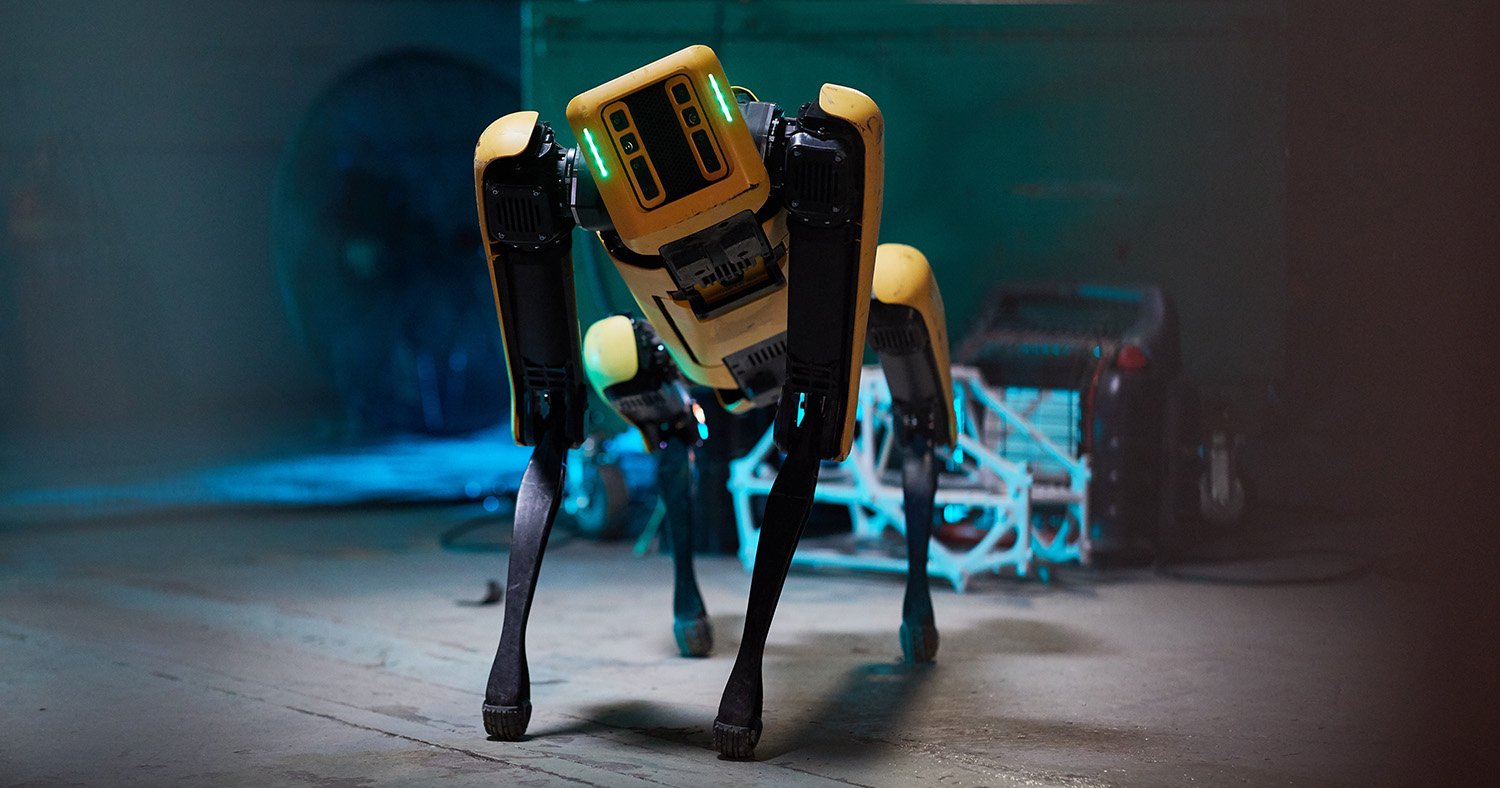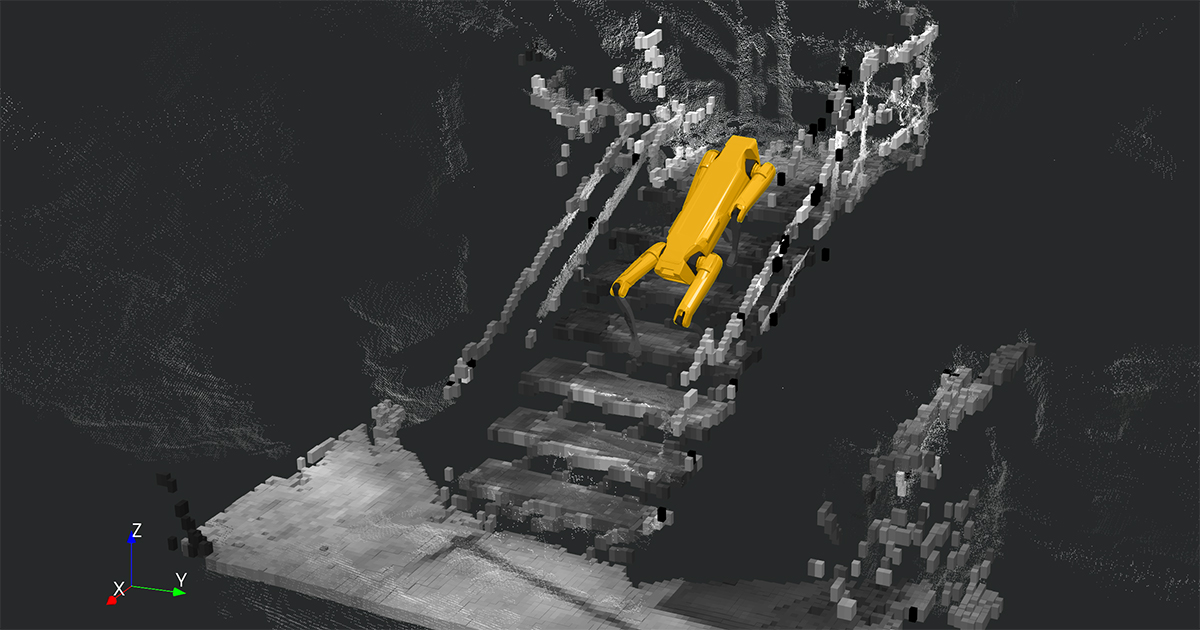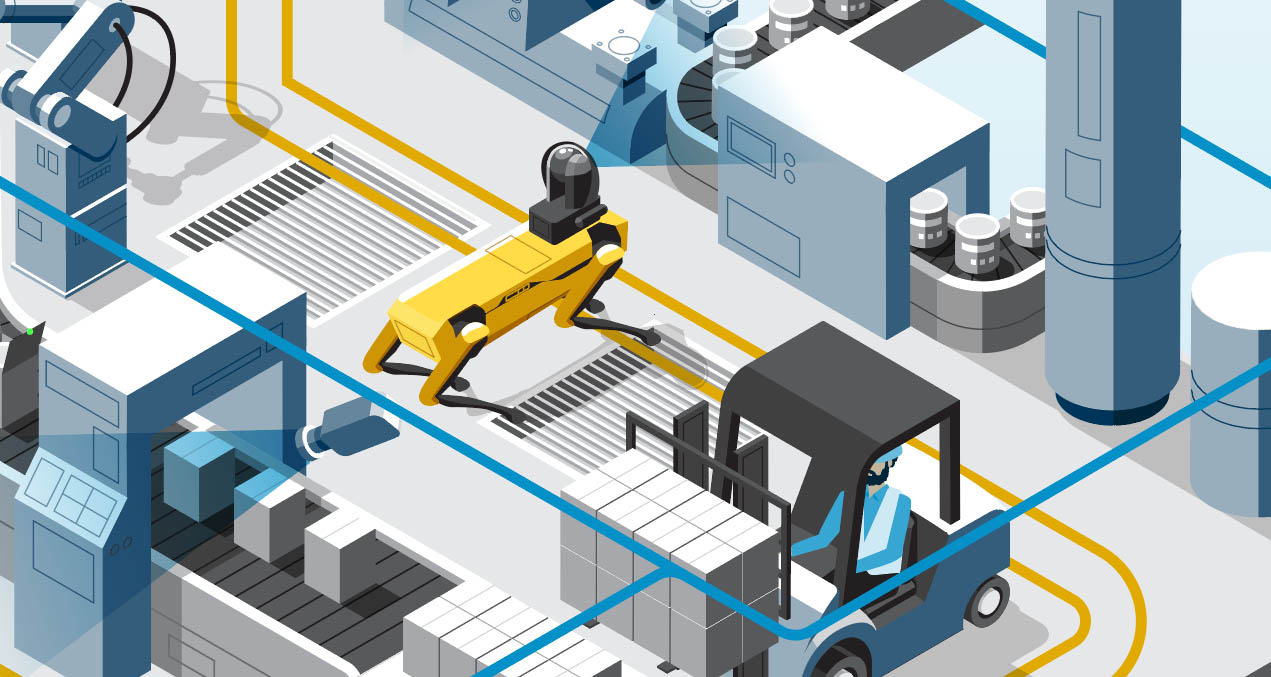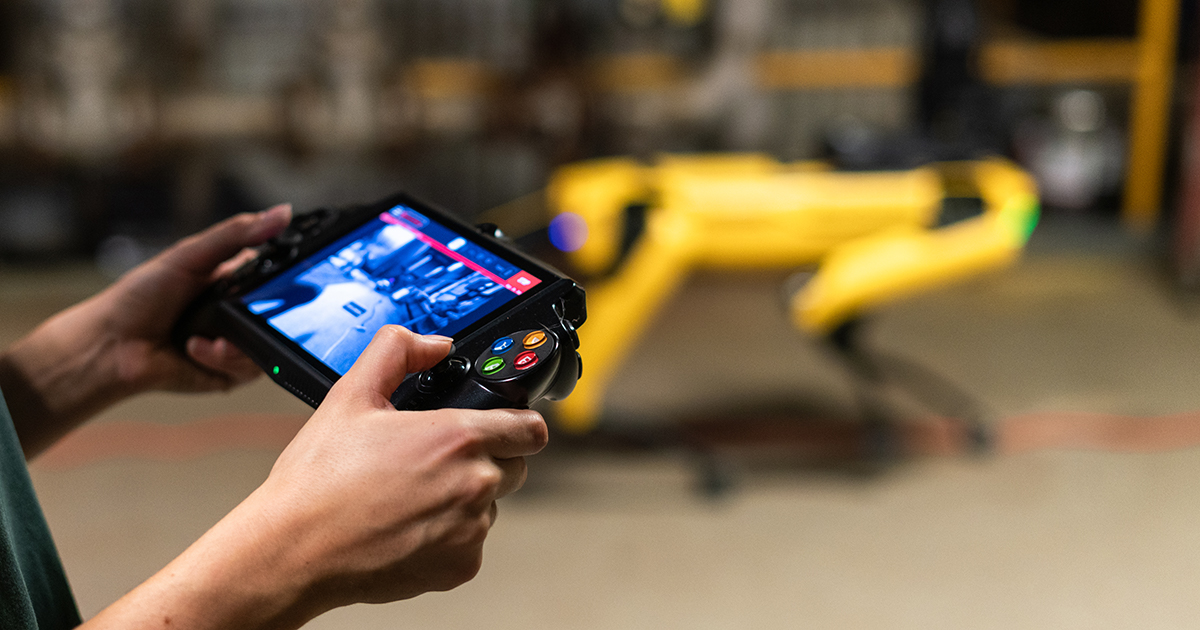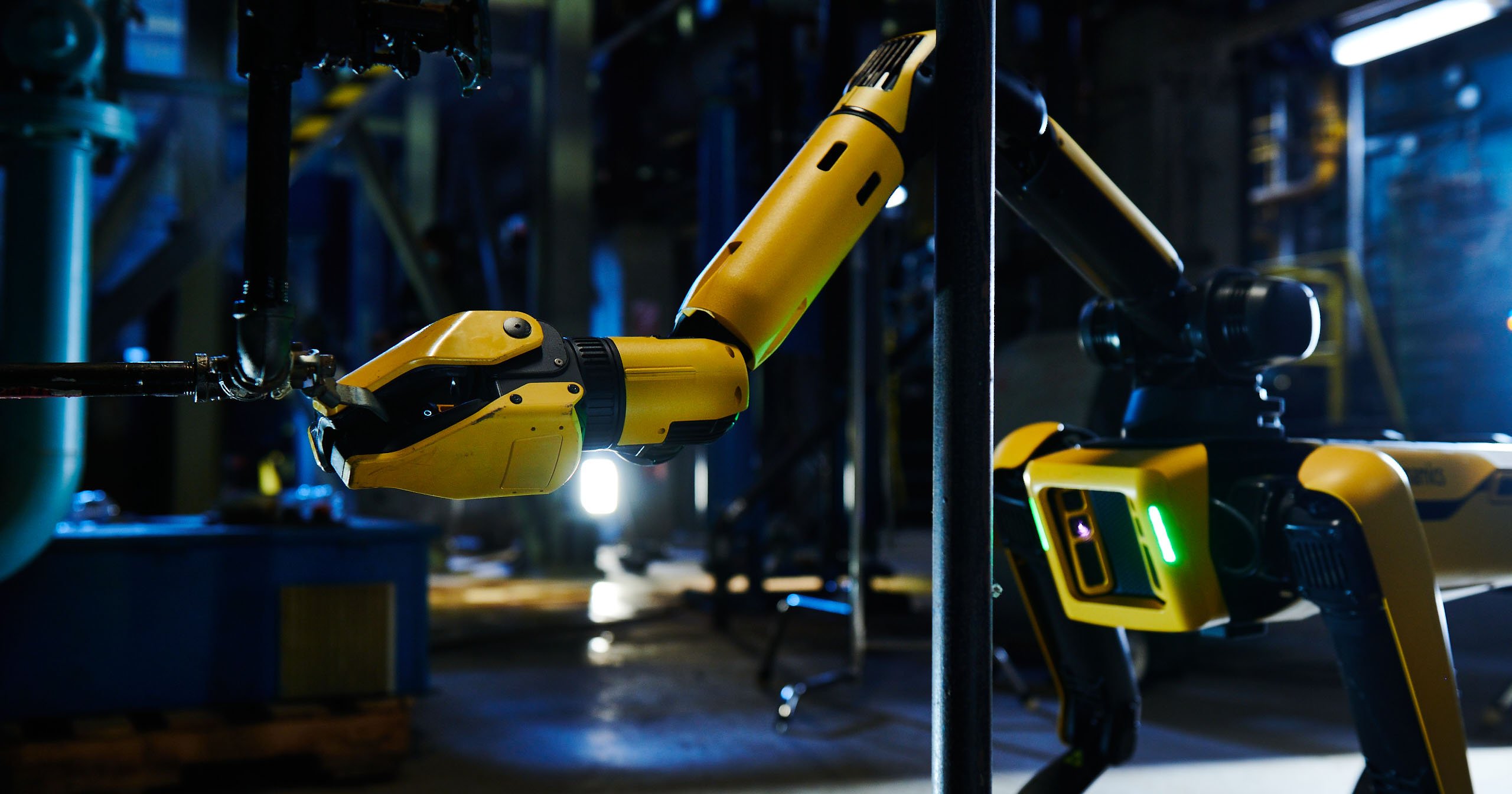
Robots are used for a host of different research topics and applications, from studying human-robot interaction to collecting samples in inhospitable environments to developing new commercial applications of robotics and artificial intelligence. All of these different research goals may require unique capabilities or specifications, but there are some consistent factors for what makes an effective robot in a research context. First and foremost, a research robot needs to serve the research; a robot that is costly or resource-intensive to build, maintain, or deploy takes time, energy, and budget away from a project or lab’s primary goals.



